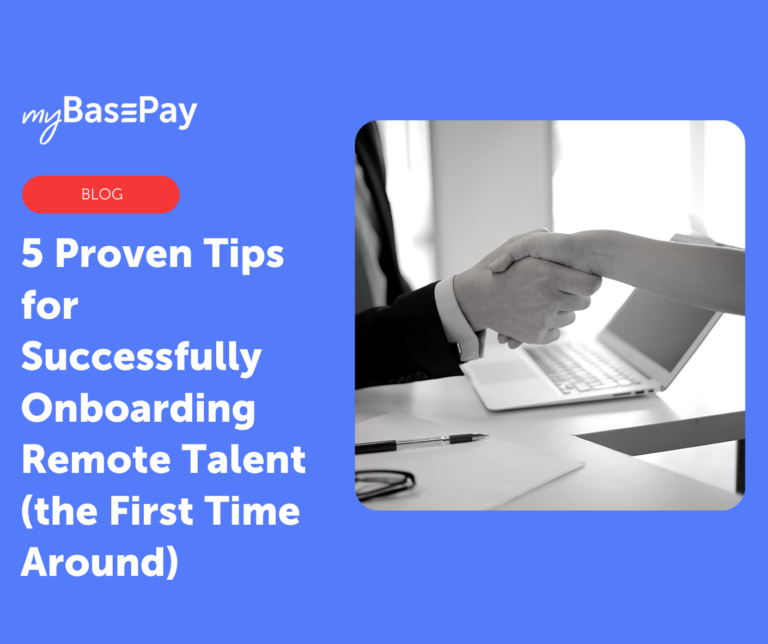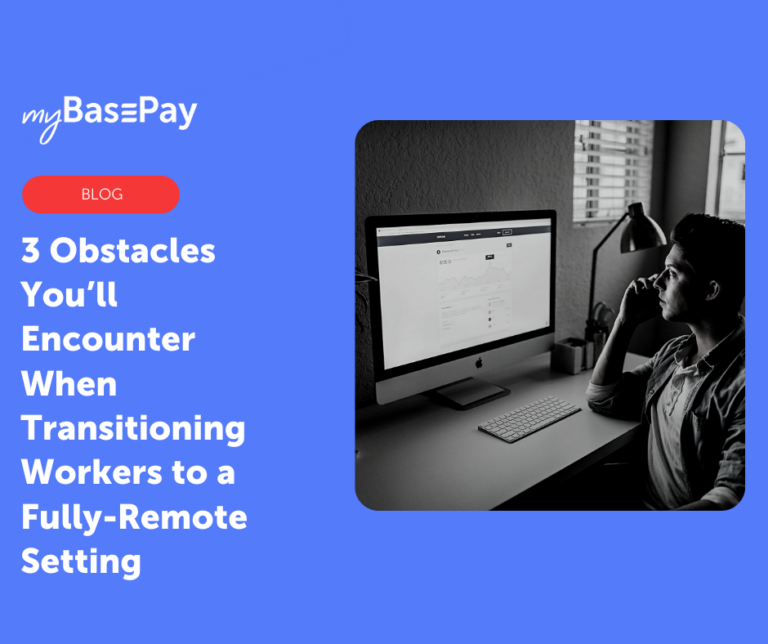6 Proven Tips for Onboarding (and Training) a Hybrid Workforce
For many organizations, COVID-19 has put a wrench in the return-to-office plan. Now, as the world attempts to acclimate to a sense of normalcy, companies are offering more modern and functional work methods. Hybrid work cultures, for instance, have become the preferred way of working for the vast majority.
According to Gallup, over 50% of 140,000 surveyed workers said they expect some sort of hybrid work solution — an environment that allows workers to split their time between working remotely and in the office. Since this is a fairly new alternative for companies, the model of hybrid workplace culture will look different for all organizations.
Outside of employee preference, the autonomy and flexibility of a hybrid workplace have been proven to boost productivity. As this workplace solution stands to be the new normal, company leaders have an opportunity to reevaluate their training and onboarding methods.
1. Begin With a Future-Focused Mindset
At the end of successful onboarding, your new employees should understand the four key areas of content — industry, product, cultural, and interpersonal. Industry content represents all the aspects a new employee should learn and understand that are relevant to the industry in which your company operates.
Some aspects of the training might be specific to your company, but in most cases, it should relate to the responsibilities required by fellow industry organizations and/or the government.
Secondly, teaching product content should be an ongoing process, as products and services change frequently to keep up with a competitive marketplace. In general, you should address information about the product, how it functions, and how it supports the company.
While a hybrid environment does offer remote solutions, there will be times when your worker must come into the office. As you start to address cultural content, be sure to emphasize its importance, regardless of the fact that the new employee isn’t in the office full-time. Your new employee should still know the expected behaviors, processes, values, and history associated with the organization.
Finally, the interpersonal content aspect should involve conversations regarding the social development of the employee. Even if your company offers out-of-office work, your new hybrid employee should understand interpersonal topics like people skills, mentorship, inclusivity, and leadership training.
2. Create a Balance of In-Office and Remote Training
Since hybrid work solutions are relatively new to the workforce, your company should create an onboarding experience according to the needs and demands of your new hybrid employee. What would offer more value while the employee is in-office? What is better suited for a remote experience? Introducing these concepts is crucial to the smooth transition of your employee.
Additionally, due to the demanded flexibility of hybrid work, make sure your processes have a blend of in-office and self-guided training. When it comes to choosing a self-guided training platform, look for features involving auto-recording so employees can review later, as well as an effective transcription software.
For more personal and interactive training methods, ensure your HR teams are prepped with the necessary materials and tools to transition new hybrid employees into the office, even if they only need to be in-office a couple of times each week.
3. Set Career Development Expectations Early
Blending remote and in-office work operations can get very confusing, very quickly. But by setting clear expectations early on, you can prevent assumptions, disorganization, and miscommunications.
As the company leader, it’s important to cover the flexibility in schedules and locations for your new employees. Some businesses demand standardized schedules, while others expand their hours of operation. Regardless of which category your company falls into, make sure your new employee understands your organization’s set time of work hours.
You should also define what professional decorum looks like for your company. Even when your employees are operating remotely, you should set online meeting setting requirements and dress codes.
For instance, attending a Zoom call from a poolside lounge might not be the best example of professional decorum, but dressing casually when doing a sales call from home is acceptable. Whatever your requirements might be, make them explicitly known ahead of time so your employees are prepared.
4. Hold Managerial Teams Accountable
The long-term success of a new hybrid worker relies heavily on what happens within their first 90 days of employment. Especially for internal transfers and promoted workers, new members are typically expected to hit the ground running. But results can be impeded when assumptions are made between employees and managers.
To avoid such complications, be sure of your manager’s direct conversations regarding the how, which, and what — how they plan to work together with hybrid employees, which duties are high-priority, and what skills will offer the best results. Once these areas have been clarified to managers, workplace relationships and environments can experience improvement.
5. Emphasize a Culture of Feedback
Since the pandemic, many organizations have experienced bumps in the road on their path to returning to normalcy. It would be unreasonable to assume all workers will get everything right on the first go. Especially for hybrid employees, companies are still learning what works and what doesn’t.
This process of ongoing learning should be incorporated into your onboarding methods. Offering immediate and honest feedback is a great way to optimize the training process, and further establishes a line of consistent communication for the future.
Plus, allowing your hybrid employees to be open about their doubts and concerns lets company leaders make adjustments accordingly — creating a more productive experience for employees.
6. Conduct Frequent Check-Ins
Wherever your new employee works, it helps to have the proper tools and methods to survey their progress. Make sure to allow time to conduct both formal and informal check-ins with your employees — and that means asking questions that are both business and personally related.
Do they feel valued in their new hybrid role? What is their sense of community? Do they have clear expectations on work priorities? Did their manager fulfill their role by setting them up for success?
Frequent check-ins can help you gain greater insight into your new employees’ transition into their roles, and allow you to offer tips to improve their employee development.
Author: Cesar Jimenez, myBasePay CEO
Cesar A. Jimenez is an entrepreneur, investor, and military veteran with over 25 years of staffing industry expertise successfully leading technology staffing organizations. His expertise in the IT industry allows him to use his experience as a thought leader for talent acquisition, staffing, IT, and recruitment technologies with a passion for contingent workforce solutions. Cesar has held various leadership roles for both a global staffing organization and technology solutions companies. This expertise has enabled him to develop alternative workforce models that provide the agility for organizations to be competitive in today’s marketplace. In his spare time, he enjoys spending time with hisfamily, working out, and coaching high school baseball players.






